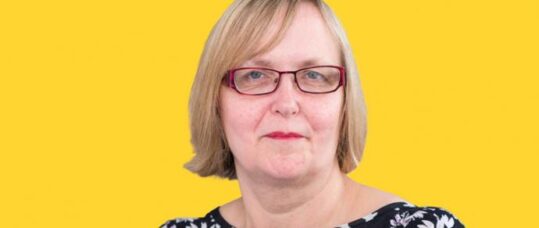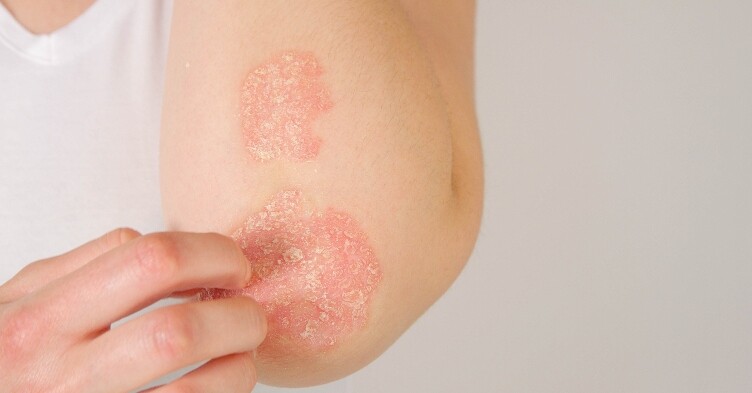Reliable resources for dermatology nurses

For healthcare professionals, young people and their families, it can be a challenge to find reliable health information to inform their decisions about health and treatment. The world is your oyster when it comes to the resources that are available electronically. But are they appropriate, meaningful and based on current evidence and practice?
Related Article: Call for regulatory guidelines as NHS adopts AI in dermatology care
We can all relate to patients and their families bringing links to web pages, which offer the cure or treatment options that will solve their problem. As health care professionals, we need to have a sound knowledge base to support our practice and signpost our patients and their families to appropriate resources.
Recently, the SKINS project, funded by the National Institute for Health Research (research for patient benefit) has been undertaken to address these issues. The SKINS project ran from September 2014 to March 2017, and involved conducting interviews with 97 young people aged 13-25 in England about their experiences of having acne, alopecia, eczema or psoriasis.
Related Article: Abdominal body fat is a higher risk for developing psoriasis
The aim of the project was to further understand young people’s experiences and if there were any gaps in their information and support needs and, if possible, how the resources could help address these. As a result, four new sections were developed on the charity-run website Healthtalk.org, a freely accessible resource for use by patients, their friends and family, the public, medical professionals and policy-makers, including acne, alopecia, eczema and psoriasis.
The four SKINS resources are part of the ‘Young People’ section of Healthtalk.org. Each condition-specific section of the SKINS websites covers a range of topics, such as experiences of symptoms, diagnosis, seeing medical professionals, treatments, emotional impacts, social life and hobbies, friendships and relationships, school, college and university, work, finances as well as key sources of information and support. The resources feature hundreds of clips from the interviews with participants in the study as well as two consultant dermatologists.
Related Article: CPD: Case by case – acute and emergency dermatology presentations
So it’s now time to review and reflect on your current practice and sources of information you use. I would encourage you to look at and use this excellent resource.

See how our symptom tool can help you make better sense of patient presentations
Click here to search a symptom


For healthcare professionals, young people and their families, it can be a challenge to find reliable health information to inform their decisions about health and treatment.



